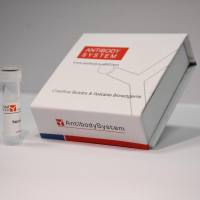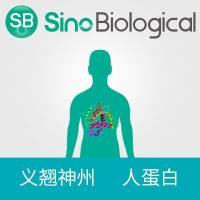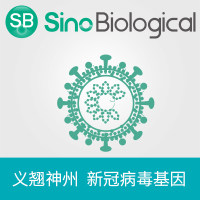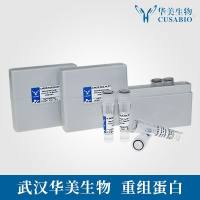Gene delivery by integrating vectors has the potential to cause genotoxicity in the host by insertional mutagenesis (IM). Previously, the risk of IM by replication incompetent retroviral vectors was believed to be small. However, the recent observation of leukaemic events due to gamma retroviral vector insertion and activation of the LMO-2 proto-oncogene in patients enrolled in the French and British gene therapy trials for X-SCID demonstrates the need to understand vector associated genotoxicity in greater detail. These findings have led to the development of in vitro, ex vivo, and in vivo assays designed to predict genotoxic risk and to further our mechanistic understanding of this process at the molecular level. In vitro assays include transformation of murine haematopoietic stem cells by integrating retroviral (RV) or lentiviral (LV) vectors and measurement of cell survival resulting from transformation due to integration mainly into the Evi1 oncogene. Ex vivo assays involve harvesting haematopoietic stem cells from mice followed by gene transfer and re-infusion of RV or LV infected cells to reconstitute the immune system. Insertional mutagenesis is then determined by analysis of clonally dominant populations of cells. The latter model has also been made highly sensitive using cells from mice predisposed to oncogenesis by lack of the P53 and Rb pathways. Our investigations on fetal gene therapy discovered a high incidence of liver tumour development that appears to be associated with vector insertions into cancer-related genes. Many genes involved in growth and differentiation are actively transcribed in early developmental and are therefore in an open chromatin configuration, which favours provirus insertion. Some of these genes are known oncogenes or anti-oncogenes and are not usually active during adulthood. We found that in utero injection of primate HIV-1, HR’SIN-cPPT-S-FIX-W does not result in oncogenesis as opposed to administration of non-primate equine infectious anaemia virus (EIAV), SMART 2 lentivirus vectors and, most recently, the non-primate pLIONhAATGFP (FIV) vector, which both give rise to high frequency hepatocellular carcinoma. The peculiar integration pattern into cancer-related genes observed in this model makes the fetal mouse a sensitive tool, not only to investigate long-term vector-mediated gene expression, but also vector safety in an in vivo system with minimal immunological interference. The identification of distinct differences in genotoxic outcome between the applied vector systems i.e. EIAV or FIV vectors versus HIV may indicate a particular biosafety profile of the HIV-1-based vector, which renders it potentially suitable for safe prenatal gene therapy.






